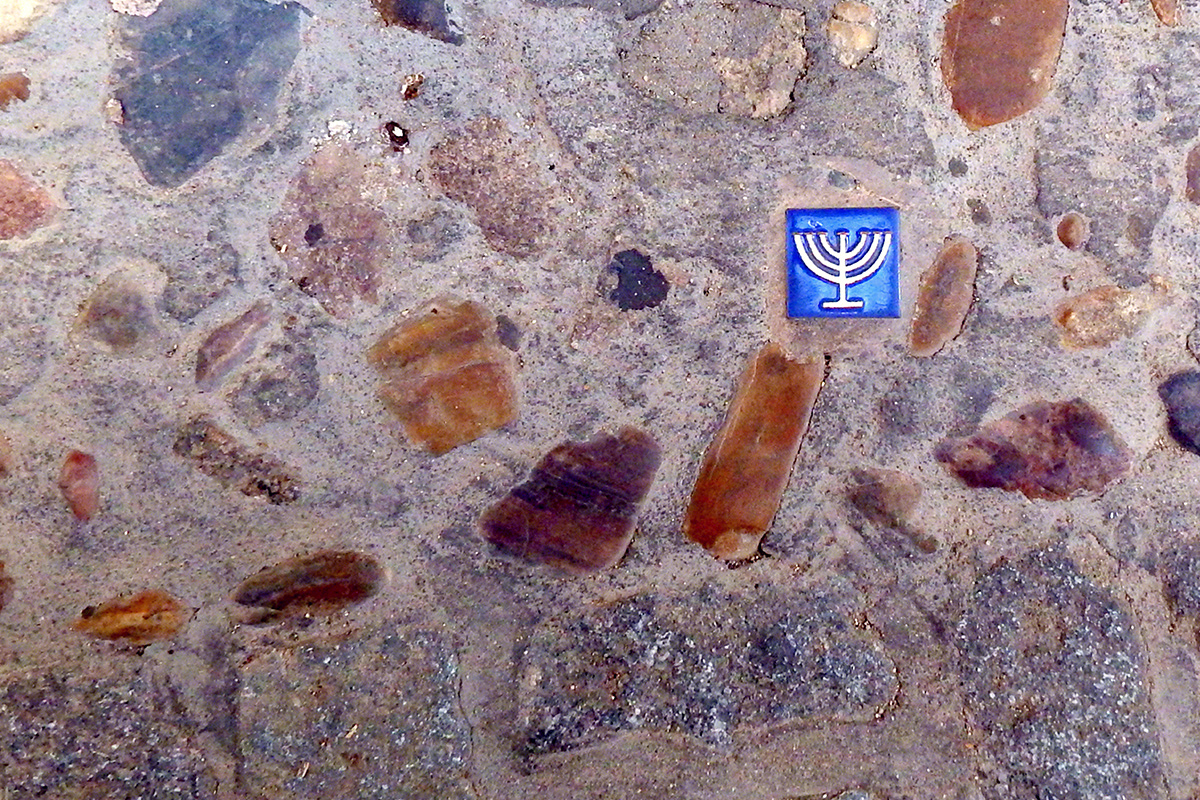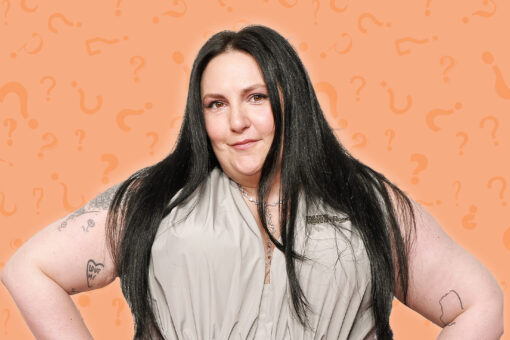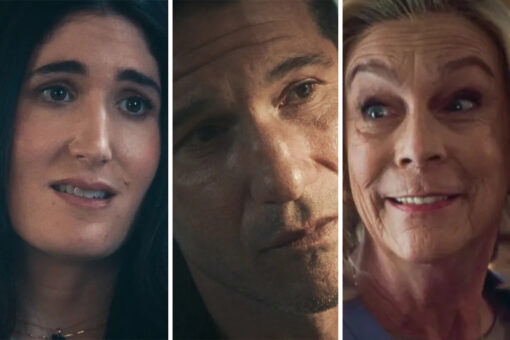When I see pictures of my great-grandfather Francisco Elizondo Hinojosa, with his smooth silver hair and handsome Hispanic features, I feel Jewish. I think about what he would have looked like with his kippah on, praying over a kiddush cup. His curls in waves on his tan head, his big hands holding the silver stem. I wonder to myself: Did he know our history? Had he been the one to cover this heritage up in the hopes of acclimating to America? Maybe he had, or maybe he was just as clueless to it as I was up until a few years ago.
When I saw Iberian Peninsula on my Gene Testing Report, I felt rather confused. I’d been told that my grandmother’s family immigrated in from Mexico, with my grandfather being mostly Cherokee. Such a large chunk of Iberian Peninsula left so much unaccounted for.
At the same time, I was taking a course called “Jews in America.” I signed myself up for this class after seeing a bit of Ashkenazi on my gene reporting a year prior. Even as of now, however, gene testing does not recognize the Sephardic ethnicity. The truth was lying right under my nose, inconspicuous, labeled “Iberian Peninsula.”
We began with the history of Sephardic Jews in their flight to America during the Spanish Inquisition. Until then, Jewish to me meant matzah ball soup. It meant gefilte fish and Brooklyn, not Spanish men and women fleeing their towns to escape death.
My professor had spoken about the Iberian Peninsula. I hadn’t heard anyone mention that before, much less in a college course. So I sent him an email. He gladly provided me with database after database of Sephardic history, and I went to work.
It had been my family’s mission to be American. I had always known that.
After moving to Sacramento from Missouri at age 12, my grandma, Mildred Dianne Hinojosa, was named Girl of the Month at Del Norte Secondary School, where she met my grandfather. She went by Dianne and listened to the top songs of 1956. Her last name gave away her Hispanic roots, but, other than that, the members of her overwhelmingly Christian town had no idea the differences she had from them. In fact, she seemed to be a perfect example of the typical American young woman at the time.
Spanish was not to be spoken in Great-Grandpa Frank’s house, and religion never played a role. He traveled in the Air Force, and their picture-perfect life of a 1950s American family was convincing to the outside world.
I had always thought it was the mindset of a man who had immigrated and wanted terribly to stop standing out. Now, I realize it was much more than that.
Hinojosa, I searched in one of the databases my professor had sent. And up came the links:
Jewish Surnames Eligible for Spanish Citizenship
History of Hinojosa Sephardic
Hinojosa Sephardic History
The Hidden Jews Hinojosa
I click them all, one by one.
My ancestors had practiced Judaism for centuries in Spain and the Iberian Peninsula, adorned in colorful head coverings and singing music that spoke to God. In 1492, everything changed. The Spanish Inquisition began, and all who opposed Catholicism were to be persecuted. This tore my family in two.
One side stayed, changing their last name to Elizondo. It was a Basque surname meaning “on the street of the church,” a common name used by forced-conversion Jews, or anusim, in an attempt to assimilate and survive in Spain. The other side fled to America and Mexico. It is said that most of Christopher Columbus’ crew were anusim who were desperate to make it out of Spain. Perhaps those were my very ancestors.
Over time, however, the persecution they faced in Spain caught up to them. Although America and Mexico were more outwardly welcoming to Jews, my family quickly discovered that the rest of the world still wanted them to forget this part of themselves. Slowly, they stopped practicing Shabbat. They hid their kippahs. They forgot their heritage. Generation by generation we lost touch and, ultimately, lost knowledge. Where and when this happened, we may never know.
After the passing of my Grandma Dianne, I had felt abandoned in many ways. My mother’s side of the family had all died young, and secrets were kept without hesitation. I hadn’t yet taken the course on Jews in America. I hadn’t learned the history of my family yet, and it seemed so distant after losing my last piece of sacred ancestry on that side.
As we cleaned out her rooms, we found an eclectic collection of things. Individual headache pills sprinkled through drawers of photos upon photos of family members. In the spaces between were saved documents of my mother’s, like her first grade report and art pieces she had made in elementary school. Stuffed in the back was a silky head scarf, maroon in the center with elegant gold embellishments outlining the square piece of fabric. I touched it, holding it close to my chest, smelling the sweetness of my grandma with every inhale.
I look at that scarf that I still have with me today and am able to recognize the beauty of it all. We may never know if my grandma knew of the generations before her who wore similar coverings across the ocean. I’ll likely never know if my great-grandfather made a conscious choice to hide this part of ourselves so vehemently for so much time. I can wish with every bit of myself to know these answers, but dwelling on the past will not do me any good.
What I can do is begin again. I can pick up where my family has left off. Where they were forced to leave off. I can honor my ancestors who had no choice but to forget their story. I can cover my head with that beautiful silk scarf on Friday nights and say a quiet “baruch atah” under my breath.
And I can hope, beyond all things, that what I hold the most sacred for the rest of my life is the Hinojosa in me.



